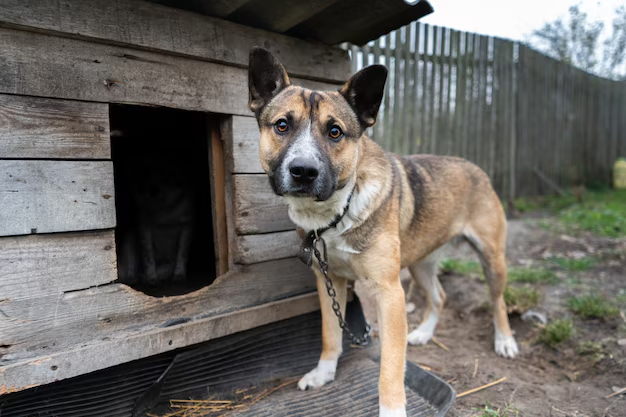Discover Help and Hope at Akron’s Homeless Shelters
In the heart of Ohio lies Akron, city known for its resilience and community spirit. Yet, like many urban areas, Akron faces challenges with homelessness. For individuals finding themselves in such difficult situations, knowing where to turn is crucial. Akron’s homeless shelters serve as beacons of hope, offering more than just a roof, but also security and a stepping stone toward a brighter future.
Finding Shelter in Akron
For those suddenly without a home, the first step is finding a place where basic needs are met. Akron provides several emergency shelters that are equipped to provide short-term relief. Shelters like Haven of Rest Ministries and Battered Women's Shelter of Summit and Medina Counties offer immediate accommodations, nutritious meals, and support services. These organizations not only provide the essentials but also focus on protection and rehabilitation.
Navigating the System
The process of transitioning from homelessness can be overwhelming. It often involves navigating various systems—from securing identification to addressing health care needs. Akron’s shelters provide case management services, helping homeless individuals plan their steps towards a stable living situation. These services often include job readiness training, counseling, and connections to longer-term housing solutions.
Broader Support Networks
Shelters are just one part of the support system available in Akron. The city offers a range of government aid programs that can provide additional support, such as:
- Supplemental Nutrition Assistance Program (SNAP) to help with food costs.
- Medicaid for covering medical expenses.
- Emergency Housing Vouchers, which help with temporary accommodation in more private settings.
Moreover, agencies frequently collaborate with local nonprofits to facilitate access to financial aid, counseling, and job search resources.
Financial Assistance Opportunities
Beyond immediate needs, financial assistance plays a vital role in rebuilding lives. Akron offers several avenues to help individuals manage or recover from financial struggles:
Access to Credit and Debt Relief Options: Counseling services are available to help individuals manage debts and improve credit scores, setting the stage for financial recovery. Learning how to effectively handle debt is crucial for maintaining stability once housed.
Educational Grants and Job Training Programs: These help individuals gain new skills or complete unfinished education which can significantly enhance job prospects. Akron partners with local community colleges and vocational training centers to offer grants and scholarships for those eager to learn and progress.
Moving Toward a Brighter Future
While systemic issues remain a challenge, Akron’s comprehensive approach to homelessness shows commitment to providing solutions. It combines shelter with addressing root causes, from offering practical help to enabling future opportunities.
When the immediate crisis is addressed—whether through shelter, food, or basic healthcare—the path forward becomes clearer. Akron’s strength lies in its network of care and its residents’ willingness to support one another at every step.
For anyone seeking assistance, information, or just someone to listen, Akron’s shelters and support programs are a remarkable lifeline, guiding those in need towards a more secure and hopeful tomorrow.
Financial and Support Resources at a Glance
- 🏠 Haven of Rest Ministries: Emergency accommodations, meals, case management
- 👩🔧 Battered Women's Shelter: Specialized support for women and children
- 🍽️ SNAP: Food assistance program
- 🏥 Medicaid: Healthcare coverage assistance
- 🏢 Credit Counseling Services: Debt management and credit improvement strategies
- 🎓 Educational Grants: Scholarships and job training programs available through local organizations
